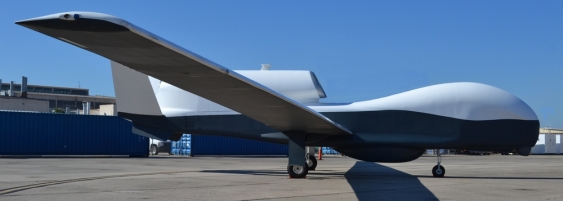$1.4b splash on drones just the beginning of our autonomous future
Australia's decision to spend $7 billion on six MQ-4C Triton remotely piloted aircraft revives the nation's involvement with drones – and the ethical questions that come with them, writes Jai Galliott.



